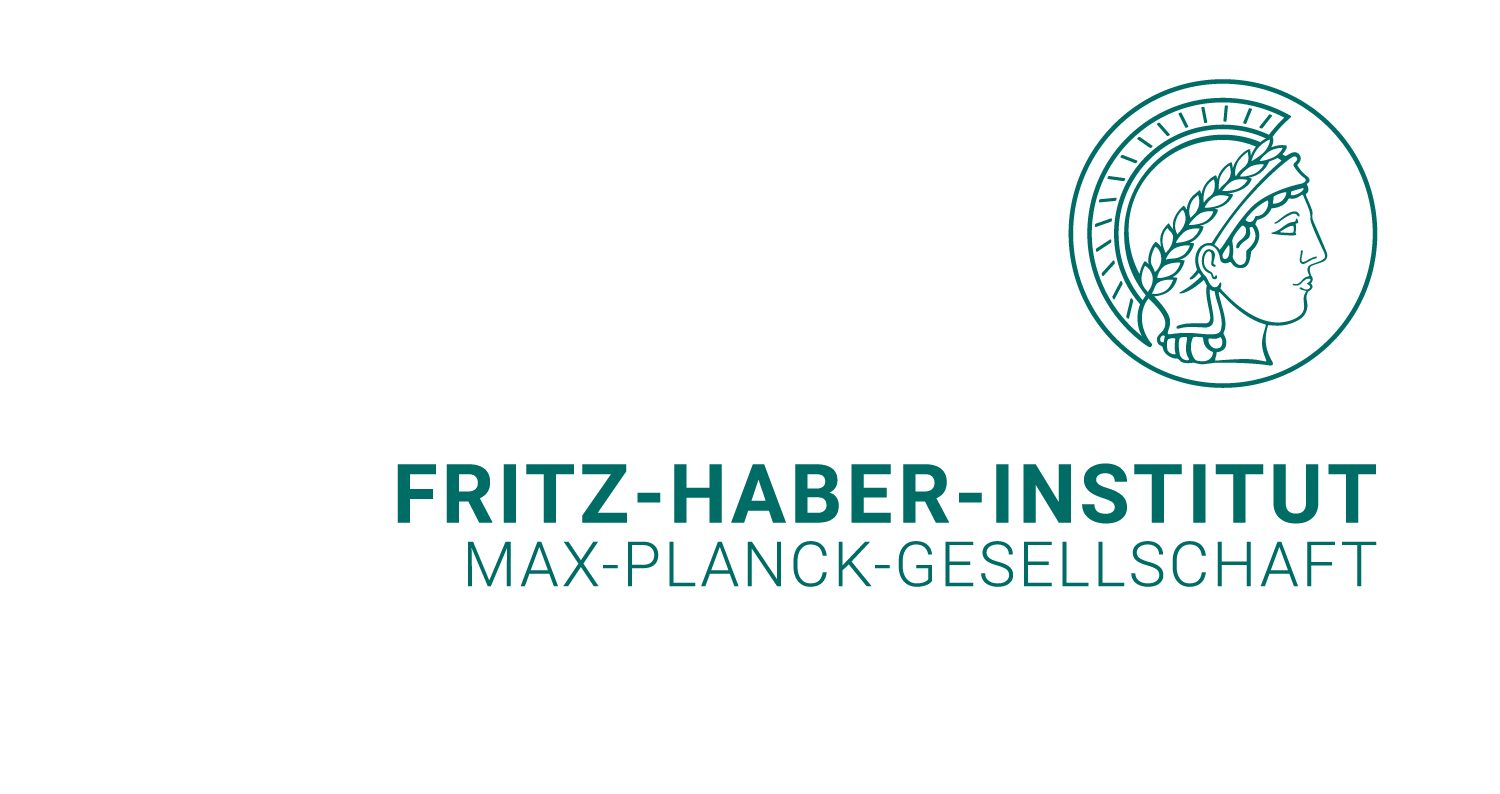First-Principles Materials Simulations
Sebastian Kokott
Group- Home
FHI-aims (https://FHI-aims.org) is a widely used full-potential all-electron software package. It employs numeric atom-cantered orbitals (NAOs) as basis sets. The NAO basis set was chosen in order to achieve small-size Hamiltonians of highest accuracy which enables an efficient handling of advanced exchange-correlation functionals and massive parallel computing. The three key features of FHI-aims are
- Versatile: The software can handle molecules, clusters, nanostructures, surfaces, and solids.
- Precise and Accurate: It employs density functional theory (also with advanced functionals and for weak interactions), many-body methods, and quantum chemistry.
- Scalable: FHI-aims works from laptops to highest-performance computers.
The software package is widely used in academia and in industry. The latter praises in particular the high accuracy, also for weakly bonded systems (van der Waals), the highest numerical precision and that FHI-aims is one of the computationally most efficient codes. Let us mention a recent, very unusual success story where neither the NOMAD CoE nor the FHI-aims teams were involved: The company, Avant-Garde Materials Simulation (AMS), the University of Luxembourg, and partners in the pharmaceutical sector recently (Nov. 2023) published a paper in nature1 on “Predicting crystal form stability under real-world conditions”. Marcus Neumann, Founder and CEO of Avant-Garde Materials Simulation, tels: “FHI-aims has proven to be a game changer for accurate lattice free energy calculations because of its scalability, numerical accuracy and small basis set superposition error.“
Our group is continuously improving and advancing the FHI-aims software.
[1] D. Firaha, et al., and M. Neumann, Predicting crystal form stability under real-world conditions, Nature 623, 324–328 (2023); DOI: 10.1038/s41586-023-06587.

